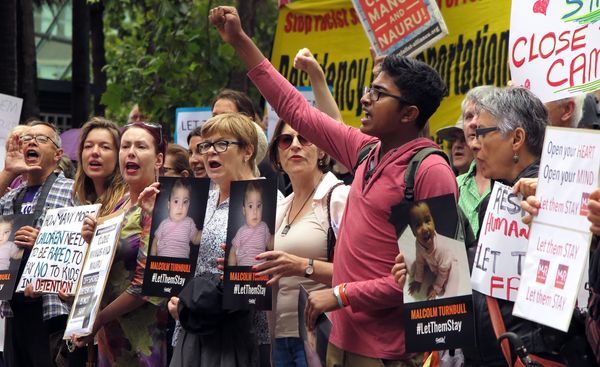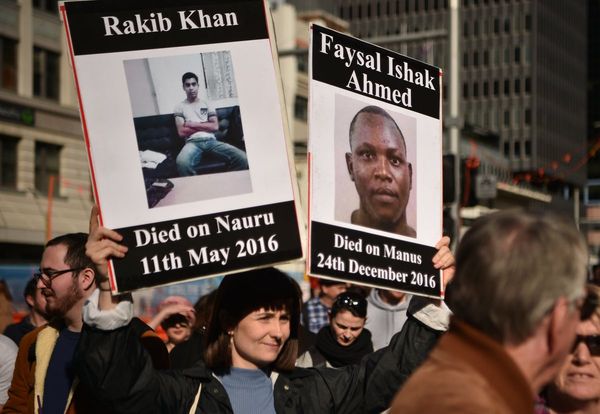WASHINGTON — Coronavirus vaccine coverage is substantially higher in urban areas across the country than in rural communities, where hesitancy remains a “major barrier” for public health officials, the Centers for Disease Control and Prevention found in a new study published Tuesday.
The CDC examined county-level vaccination data across all 50 states from December through early April, finding that 38.9% of residents in rural counties had received at least one vaccine dose, compared with 45.7% in urban counties.
Rural residents were also more likely to have traveled outside of their county to get a vaccine dose.
“This was true for counties across the country, across all age groups, and among men and women,” CDC Director Dr. Rochelle Walensky told reporters.
The data also showed that women were taking the vaccine at higher rates than men, both in rural and in urban areas.
The Biden administration has shifted its response to the pandemic in recent days as more Americans have gotten vaccinated. Last week, the CDC issued dramatic new guidance informing fully vaccinated people that they are protected against the coronavirus without having to wear masks, both indoors and out.
But with vaccine rates consistently lower in rural communities, the administration has begun boosting federal resources to these areas in an effort to increase uptake. A Biden administration official told reporters Tuesday that the Federal Emergency Management Agency was turning its focus to smaller communities after initially setting up mass vaccination sites in large urban areas.
“Vaccine hesitancy in rural areas is a major barrier that public health practitioners, health care providers, and local partners need to address to achieve vaccination equity,” the CDC report concluded. “Disparities in COVID-19 vaccination between urban and rural communities can hinder progress toward ending the pandemic.”
The divide was stark in several states that had double-digit percentage gaps in the vaccination rates in urban and rural counties.
In Missouri, 31% of adults in rural counties had received at least one dose as of April 10, compared with 41.3% of adults in urban areas. In Texas, 35.6% of rural residents had taken the vaccine compared with 44.1% of urban residents. And 31% of those in rural counties in Florida had taken at least one dose, versus 44.3% of those in Florida’s urban areas.
Dr. Julie Swann, head of the Department of Industrial and Systems Engineering at North Carolina State University and an adviser to the CDC during its response to the H1N1 pandemic in 2009, said the new data tracks with other surveys on vaccine hesitancy and with longstanding resistance to mask wearing throughout the pandemic.
“This does confirm what we have seen from individual states that have put data out, that in general, the vaccination rate has been higher in urban areas than in rural,” Swann said. “Similarly, when we’ve seen hesitancy around masks, it’s rarely been in urban areas.”







